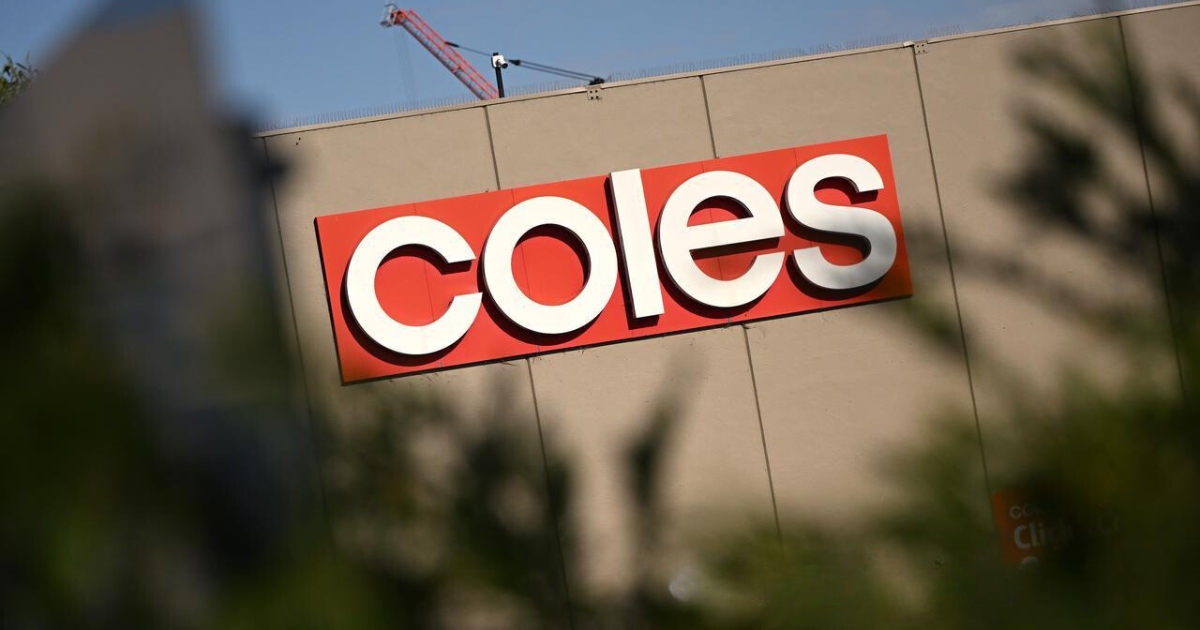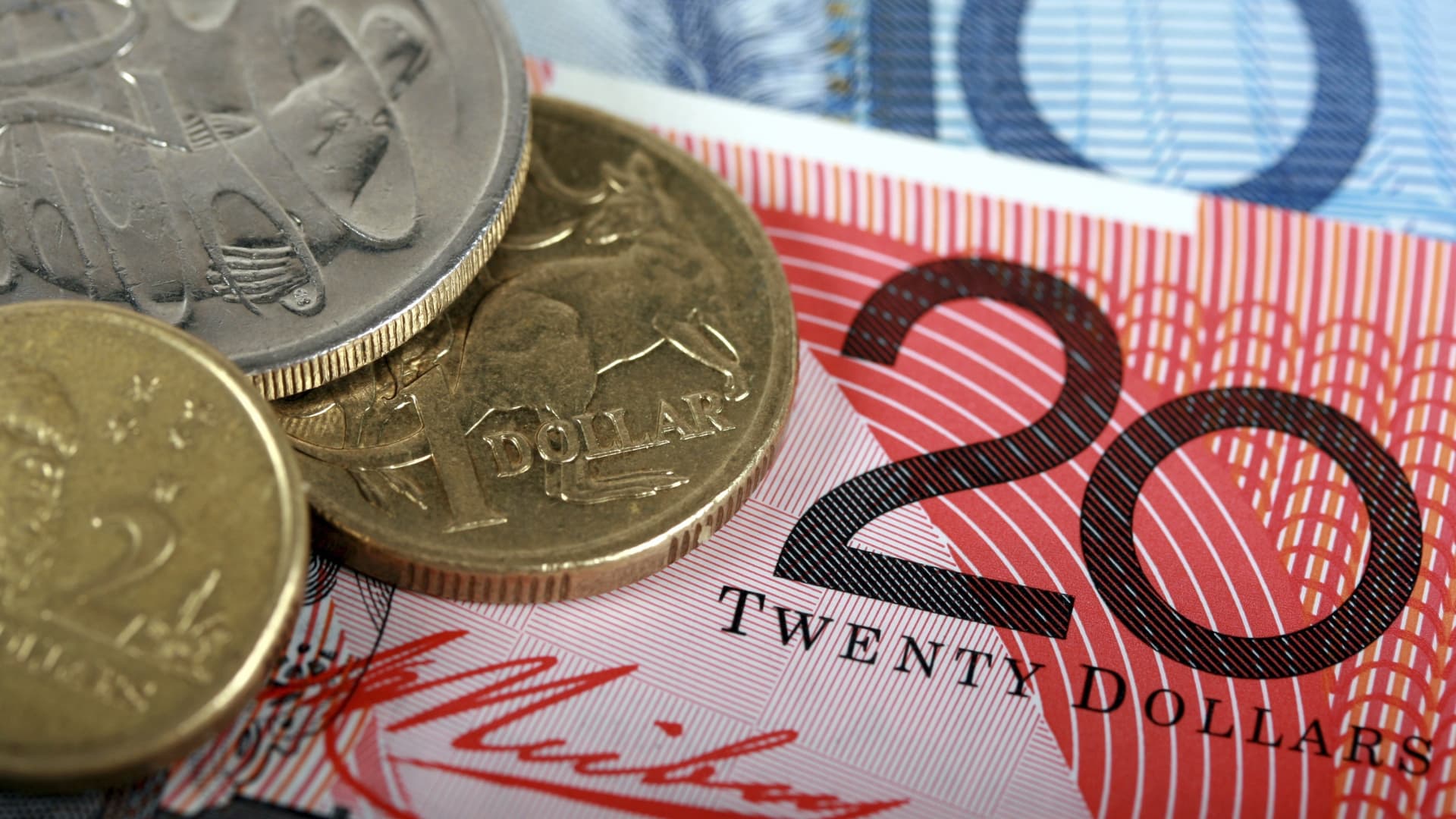Finance
How can budgeting with credit cards help manage your finances?

Every one of us at times feels the pressure of our finances going out of hand.
Like fitness and a healthy diet, there are also some beneficial and detrimental habits when it comes to spending money.
To prevent falling into personal credit card debt, it can be helpful to assess your current financial situation.
Certain spending habits can contribute to saving money, such as seeking out deals or resisting impulsive purchases.
On the other hand, there are certain habits that can hinder your budgeting efforts, making it even more difficult to fulfil your financial obligations or accomplish goals such as fully paying off your credit card balance every month.
So, are you struggling to manage your finances?
By using credit cards effectively, you can track your expenses, earn rewards, and avoid unnecessary interest charges.
In this article, we will explore the benefits of budgeting with credit cards and provide strategies for responsible usage.
So, grab your credit card and let’s walk you through easy financial management!
The Benefits of Budgeting with Credit Cards
By using credit cards for your everyday purchases, you can easily see where your money is going.
With online banking and mobile apps, you have access to your credit card statements and track your spending in real-time. This allows you to have a clear picture of your expenses and helps you stay within your budget.
Additionally, credit cards often provide detailed transaction information, categorising your purchases for you. This makes it even easier to analyse and understand your spending habits.
Understanding Credit Card Rewards and Cashback Programs
Make it a habit to take advantage of credit card rewards and cashback programs to maximise your savings.
Many credit card companies offer various rewards programs that allow you to earn points or cashback on your purchases. These rewards can be redeemed for travel, merchandise, or even statement credits, putting money back in your pocket.
By using your credit card for everyday expenses, you can earn rewards on things you would already be purchasing.
Look for credit cards that offer higher rewards on categories that align with your spending habits, such as groceries or gas.
What’s more, some credit cards offer sign-up bonuses, where you can earn a large number of rewards after meeting certain spending requirements.
Using Credit Card statements to track and analyse expenses
Credit card statements provide a detailed breakdown of your expenses, allowing you to easily track and analyse your spending habits.
By reviewing your statement occasionally, you can see exactly where your money is going and identify any areas where you may be overspending.
Your credit card statement includes information such as the date, merchant name, and amount of each transaction you made with your credit card. This level of detail helps you understand your spending patterns and make informed decisions about your budget.
Credit card statements usually organise your expenses into categories like groceries, dining out, and entertainment. This makes it simpler to track your spending in each category.
With this information, you can adjust your spending habits and work towards your financial goals.
Strategies for paying off your credit card debt and avoiding interest charges
Paying off your credit card debt and avoiding interest charges can be achieved through strategic planning and disciplined budgeting.
1 – Start by creating a realistic budget that allocates a portion of your income towards paying off your credit card debt each month.
2 – Prioritise cards with the highest interest rates and focus on paying those off first.
3 – Consider transferring your balance to a card with a lower interest rate or taking advantage of balance transfer promotions.
4 – Avoid unnecessary purchases and only use your credit card for essential expenses.
5 – Make more than the minimum payment each month to reduce the principal balance faster and save on interest charges.
Staying committed to your budget and resist the temptation to use your credit card for impulsive purchases.
With careful planning and discipline, you can successfully pay off your credit card debt and avoid costly interest charges.
Tips for responsible credit card usage to avoid overspending
Always make it a habit to establish a clear understanding of your financial goals and make mindful purchasing decisions.
1-Start by setting a budget and sticking to it. Determine how much you can afford to spend each month and allocate funds accordingly.
2-When using your credit card, ask yourself if the purchase aligns with your financial goals. Is it a necessity or a want? Will it put me further into debt?
3-Pay off your credit card balance in full each month to avoid any interest charges.
4-Keep track of your spending and regularly review your credit card statements to ensure accuracy.
Frequently Asked Questions
What are the potential drawbacks of budgeting with my credit cards?
The potential drawback of budgeting with credit cards is the temptation to overspend. It’s easy to swipe the card without thinking about the consequences. This can lead to debt and financial stress.
How can budgeting with credit cards help improve my credit score?
Budgeting with your credit cards can help improve your credit score, by allowing you to track and manage your expenses more efficiently. By making timely payments and keeping your credit usage low, you can build a positive credit history.
Are there any specific credit cards that are better for my budgeting purposes?
There are specific credit cards that can be better for your budgeting purposes, offering features like spending tracking, budgeting tools, and rewards for responsible spending.
Look for cards that suit your financial goals.
Can budgeting with my credit cards help in building my emergency fund?
Budgeting with credit cards can help you build an emergency fund. This is because credit cards allow you to track expenses, earn cashback or rewards, and set spending limits. However, it’s important to remember to pay off your balance in full each month to avoid interest charges.
What steps should I take if I am unable to pay off my credit card debt?
If you’re unable to pay off your credit card debt, you can take the following steps to address the issue.
1 – Negotiate with your creditors to come up with a solution that works for both parties. This could involve reducing your interest rate or setting up a payment plan.
2 – Create a repayment plan on your own. This involves determining how much you can afford to pay each month and sticking to that budget.
3 – Seek assistance from a credit counselling agency near you. These agencies can provide guidance on managing your debt and may even be able to negotiate with your creditors on your behalf.
Finance
Coles credits Pokemon with lifting supermarket sales

Supermarket giant Coles has reported a significant growth in its supermarket sales for the quarter ending in March, thanks in part to a successful Pokemon collectibles campaign. The company’s grocery sales for the 12 weeks leading up to March 24 reached $9.07 billion, representing a 5.1% increase from the same period a year ago.
Coles attributed this success in part to the popularity of its Pokemon Builders campaign, which featured cardboard models as collectible items. Chief Executive Leah Weckert noted that the campaign helped boost sales compared to the previous year when no such collectible campaign was in place.
The increase in supermarket sales helped offset a drop in sales at Coles’ Liquorland chain, which saw a 1.9% decrease in sales totaling $786 million. This decline was attributed to customers reducing their discretionary spending on alcohol due to economic pressures, as well as the bottle shops transitioning away from less profitable bulk sales.
In addition to the success of the Pokemon campaign, Coles also saw strong growth in its e-commerce supermarket sales, which surged by 34.9% to $856 million. Online alcohol sales also experienced a 4.1% increase to $44 million. The number of customers using the Coles app each month also rose significantly, up by 44.1%.
Despite the overall growth in sales, Coles reported that total supermarket price inflation moderated to 2.2% in the latest quarterly figures, down from 3.0% in the previous period. This provided some relief to financially squeezed customers, with prices falling for certain fresh produce items while bakery prices rose due to wheat commodity prices.
To combat stock loss, Coles has implemented anti-theft initiatives like bar gates and “skip scan” technology in several hundred of its 851 supermarkets. Additionally, a new anti-theft feature called “bottom of the trolley” has been added to identify bulk items as they are added to a cart.
Coles’ half-year results from February showed the supermarket gaining traction on its competitor Woolworths. The upcoming third-quarter sales results from Woolworths, set to be reported on Thursday, will reveal if this momentum has continued.
Both Coles and Woolworths are currently facing public and political scrutiny, including state and federal parliamentary inquiries and an investigation by the competition and consumer watchdog over allegations of price gouging. Despite these challenges, Coles remains focused on providing value to customers and achieving continued growth in its supermarket sales.
Fashion
Retailers feel pinch as shoppers stay home, spend less

There has been a noticeable decline in retail sales in Australia as shoppers opted to stay home and cut back on non-vital spending in March. According to the official Australian Bureau of Statistics count, retail sales slid by 0.4 per cent, a figure lower than the 0.2 per cent increase predicted by analysts.
Factors contributing to the decrease in retail sales include higher mortgage repayment costs, a growing tax burden, and elevated prices impacting Australian consumers. Weakness in retail sales has particularly affected discretionary goods and services, with clothing, footwear, and personal accessory retailing falling by 4.3 per cent, and department store sales declining by 1.6 per cent.
The only segment to see growth in March was food retailing, which saw a modest increase of 0.9 per cent. Other industries, such as household goods retailing, other retailing, and cafes, restaurants, and takeaway food services, experienced decreases in sales for the month.
ABS head of retail statistics, Ben Dorber, noted that the 0.8 per cent increase in yearly spending compared to the previous year was the weakest growth on record outside of pandemic and GST-related fluctuations. Dorber attributed the decline in retail spending to ongoing cost of living pressures impacting consumers.
Following the release of the retail sales data, economists have expressed concerns about the impact of financial pressures on consumer demand. Sean Langcake, from Oxford Economics Australia, highlighted that vital inflation for items like health, education, rent, and mortgage costs is squeezing household budgets, leading to restrained discretionary spending.
The subdued retail sales figures come on the heels of unexpectedly high inflation data, which has dampened hopes for interest rate cuts in the near future. With price inflation affecting vital items, such as housing-related components, banks like the Commonwealth Bank have pushed back their projections for interest rate cuts from September to November.
CBA’s head of Australian economics, Gareth Aird, emphasized that while the Reserve Bank of Australia has succeeded in reducing inflation for non-vital items, vital components are proving more challenging. Aird suggested that strong population growth, driven by net overseas immigration, is contributing to upward pressure on the consumer price index basket, prolonging the decline in inflation rates.
As retailers face the impact of subdued consumer spending, analysts are closely monitoring economic indicators to gauge the health of the retail sector and the broader Australian economy.
Finance
Australian Consumer Confidence Reaches 20-Month High

Household budgets are still under pressure but green shoots of optimism are starting to sprout in the consumer sector.
Consumer confidence as measured in weekly and monthly surveys has been stuck deep in the doldrums as interest rates went higher and cost of living pressures intensified.
However modest improvements have been logged in recent months, coinciding with convincing progress on inflation and talk of interest rate cuts.
The March update of the Westpac and Melbourne Institute monthly survey, which is due for release on Tuesday, hit a 20-month high in February but was still below the 100 neutral mark.
Since then, consumers have observed a mixed bag of data, including a return to real wage growth – but only just – and a gloomy report card for the economy in the December quarter.
Also on Tuesday, National Australia Bank’s business conditions gauge for February is scheduled.
The private sector has proved resilient in the face of economic headwinds but the January update revealed waning momentum.
The business conditions gauge, which captures profitability, hiring movements and sales activity, broke a two-year streak of above-average conditions over the month, falling to just below that threshold.
At the same time, confidence in the business sector improved a little but was still below the long-run average.
Data on the total value of residential dwellings is also due from the Australian Bureau of Statistics on Tuesday, as well as a speech from Sarah Hunter, Reserve Bank assistant governor (economics) at the AFR Business Summit.
More insights into the consumer will be released on Wednesday, with Commonwealth Bank’s report on household spending due.
Monthly business turnover is also slated from the ABS on Wednesday, and then overseas arrivals on Thursday.
Meanwhile, the Australian stock market is expected to dip on Monday, after Wall Street ended narrowly weaker on Friday amid profit-taking by investors.
The decline followed a US labour market report that showed more new jobs than expected were created in February while the jobless rate rose to 3.9 per cent.
The US S&P 500 index lost 32.99 points, or 0.64 per cent, to end at 5,124.37 points, while the Nasdaq Composite lost 185.22 points, or 1.14 per cent, to 16,085.11.
The Dow Jones Industrial Average fell 66.28 points, or 0.17 per cent, to 38,725.74.
The soft finish led Australian share price index futures 47 points lower to 7811, paving the way for a softer start to the trading week.
On Friday, the local bourse closed above 7,800 points for the first time, on signals that interest rate cuts in Europe and the US could happen sooner rather than later, giving investors hope the Reserve Bank of Australia could follow suit.
The S&P/ASX200 finished at 7,847.0, up 83.3 points, or 1.1 per cent for the day and up 1.3 per cent for the week.
The broader All Ordinaries climbed 80.8 points, or 1.01 per cent, to 8,107.5.
-
Business2 years ago
How to Earn Money Writing Blog Posts in 2023: A Comprehensive Guide
-
Games2 years ago
How does Dead Space Remake enhance the Horror Classic of 2008
-
Video2 years ago
Everything you need to know about Starfield
-
Health2 years ago
How is Yoga and Pilates Bridging the Gap Between your Mind and Body
-
Health2 years ago
Migraine medications significantly improve the quality of life
-
World2 years ago
Swiss Pharma Powerhouse Acino Expands into Latin America with M8 Pharmaceuticals Acquisition
-
Self Improvement2 years ago
Enhancing Relationships and Emotional Intelligence Through Mindfulness Meditation
-
Business2 years ago
How to Use LinkedIn to Build Your Professional Brand








































